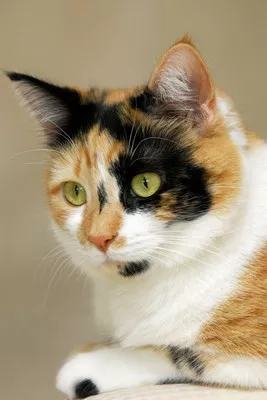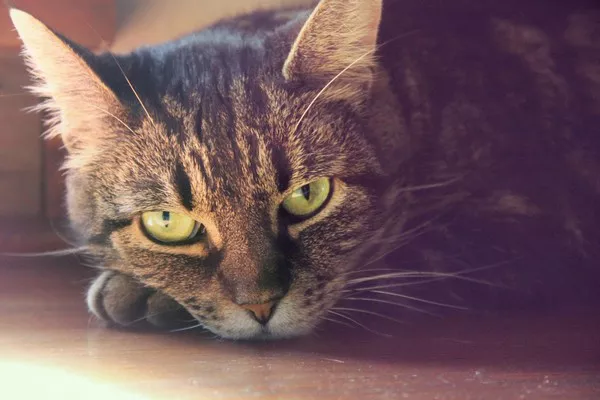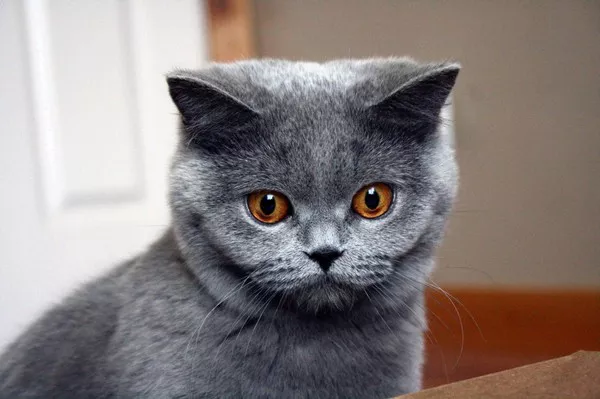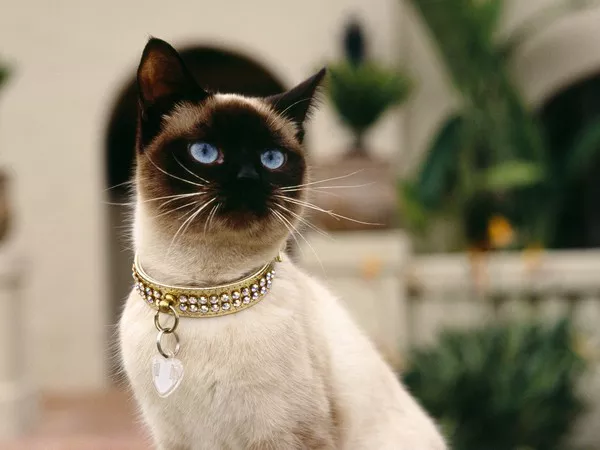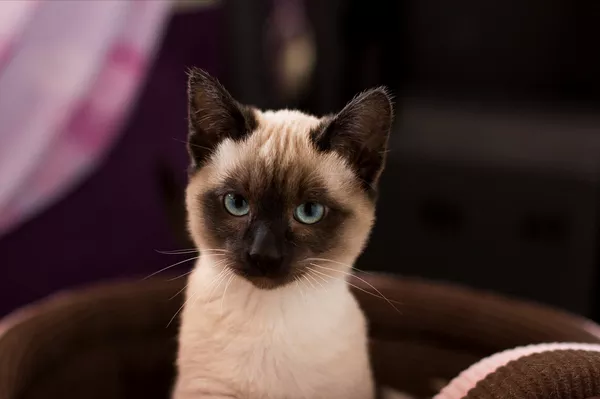Calico cats are one of the most interesting and unique types of cats out there. With their distinctive coat patterns, these felines have captured the hearts of cat lovers for generations. But what exactly makes a calico cat? In this article, we’ll explore the genetic and biological factors that contribute to the development of these beautiful cats.
Genetics of Calico Cats
Calico cats are not a specific breed, but rather a color pattern that can occur in many different breeds. To understand the genetics behind calico cats, we need to first discuss their coat color genes.
Coat color in cats is determined by several genes, including the X chromosome. Female cats have two X chromosomes, while males have one X and one Y chromosome. One of the X chromosomes in female cats is randomly “inactivated” in each cell, so only one X chromosome is active at any given time.
The gene responsible for orange or black coat color in cats is called the “O” gene. This gene has two possible variations, known as alleles: O (orange) and o (non-orange). The dominant O allele produces orange fur, while the recessive o allele produces non-orange (black, brown, grey, etc.) fur.
The gene responsible for white coat color in cats is called the “W” gene. This gene also has two possible alleles: W (white) and w (non-white). The dominant W allele produces white fur, while the recessive w allele produces non-white fur.
Now, let’s consider how these genes interact to create a calico cat. Since female cats have two X chromosomes, they can have two different versions of the O and W genes. For example, a female cat could have OO or Oo for the O gene, and WW or Ww for the W gene.
When a female cat with these gene combinations produces offspring, she randomly passes on one of her X chromosomes to each kitten. This means that some kittens will receive the O allele from their mother, while others will receive the o allele. The same goes for the W gene.
So, to summarize: a calico cat must inherit both an O allele and a non-O (o) allele from its parents, as well as at least one W allele. This is because the O gene controls the production of orange/black fur, while the W gene controls the distribution of white fur in the coat.
It’s important to note that male cats can also have the O and W genes, but they only have one X chromosome. This means that a male cat would need to inherit both an O and a non-O allele on his single X chromosome in order to have a calico-like pattern. However, this is extremely rare – only about 1 in 3,000 calico cats are male.
Biological Factors of Calico Cats
In addition to genetics, there are other biological factors that can contribute to the development of a calico coat pattern. For example, the timing of fur growth during fetal development can influence how the coat color genes are expressed.
During fetal development, hair follicles begin to form and produce pigment. If a hair follicle receives the O allele, it will produce orange pigment. If it receives the non-O allele, it will produce black/brown/grey pigment. However, if a hair follicle receives both the O and non-O alleles, something interesting happens.
The X-inactivation process we mentioned earlier comes into play here. In cells with two X chromosomes, one X chromosome is randomly “inactivated” to prevent an overabundance of gene expression. This means that some cells in a developing calico kitten will have an active O allele, while others will have an active non-O allele.
As the kitten grows and more hair follicles develop, the coat color pattern begins to emerge. The areas of the coat with active O alleles produce orange fur, while areas with active non-O alleles produce black/brown/grey fur. White fur is produced in areas where the W gene is active.
Interestingly, the exact distribution of colors in a calico cat’s coat is largely random. This means that each calico cat has a unique coat pattern that will never be replicated exactly in another cat.
Conclusion
Calico cats are the result of a combination of genetics and biological factors, which together produce their distinctive coat pattern. While calicos can occur in many different breeds, they all share the same genetic requirements for orange/black fur and white fur distribution. As a result of these complex genetic interactions, each calico cat is truly one-of-a-kind.
If you’re lucky enough to own a calico cat, you know how special these felines can be. Not only are they beautiful to look at, but they also have unique personalities and temperaments. Whether you’re a lifelong cat lover or a newcomer to the world of feline companionship, there’s no denying the allure of these fascinating creatures.

